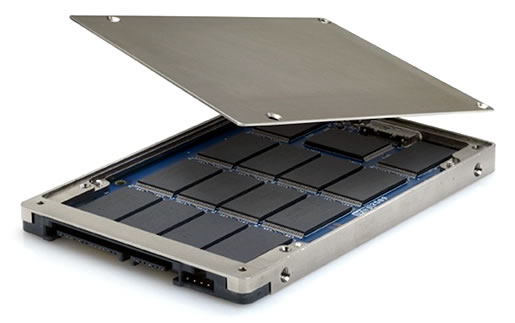The market for rugged industrial SSDs has been around for decades. Solid state memory drives remain a dependable component in environments where equipment must be reliable despite disruptive shocks and vibrations.
However, not many consumers are aware of the changes within SSDs on the market- including greater capacity for storage and speed, along with increasingly smaller sizes.
After so much time since the first flash based drive was developed the use cases for an embedded industrial SSD remain the same, but there have been some great improvements under the hood.
Industrial strength solid state drives are made to withstand a range of temperatures from minus 45 degrees Celsius to 85 C, making them sturdy enough for an even greater range of extreme tasks.
Equally important are advances in the intensity of vibrations an industrial SSD can tolerate during operation without any disruption. The ruggedness of military-grade components has influenced the industrial market, allowing for stronger hardware that’s suited to even rougher jobs.
The life of an industrial SSD has also been greatly extended with the implementation of wear leveling: now the process will utilize the all of the memory within the drive, before it rewrites old, deleted data.
The advantage to wear leveling is a lot like it sounds because NAND flash (the memory used in SSD drives) has a finite write life. Spreading data around the drive ensures that cells are worn equally and helps increase the life of the drive- Much like rotating your tires.
NAND, the flash memory used in industrial and high quality SSD drives, has gotten much faster than A-Sync NAND, which what’s used it lower cost drives that can’t work under the pressure of industrial-strength tasks. The better speed is due to NAND’s ability to read and write simultaneously (something A-Sync NAND drives are incapable of), making them more efficient and longer lasting.
As users move towards relying on their computer systems for an increasing number of tasks, the speed of Industrial SSDs have kept up, both in performance and endurance. Advancements in high-quality industrial SSDs widen the gap between better and best.
A decade ago the question may have been if you could afford to invest in a high-end storage device; now those with robust operations that call for industrial strength drives have to ask themselves if they can afford not to.


Recent Comments